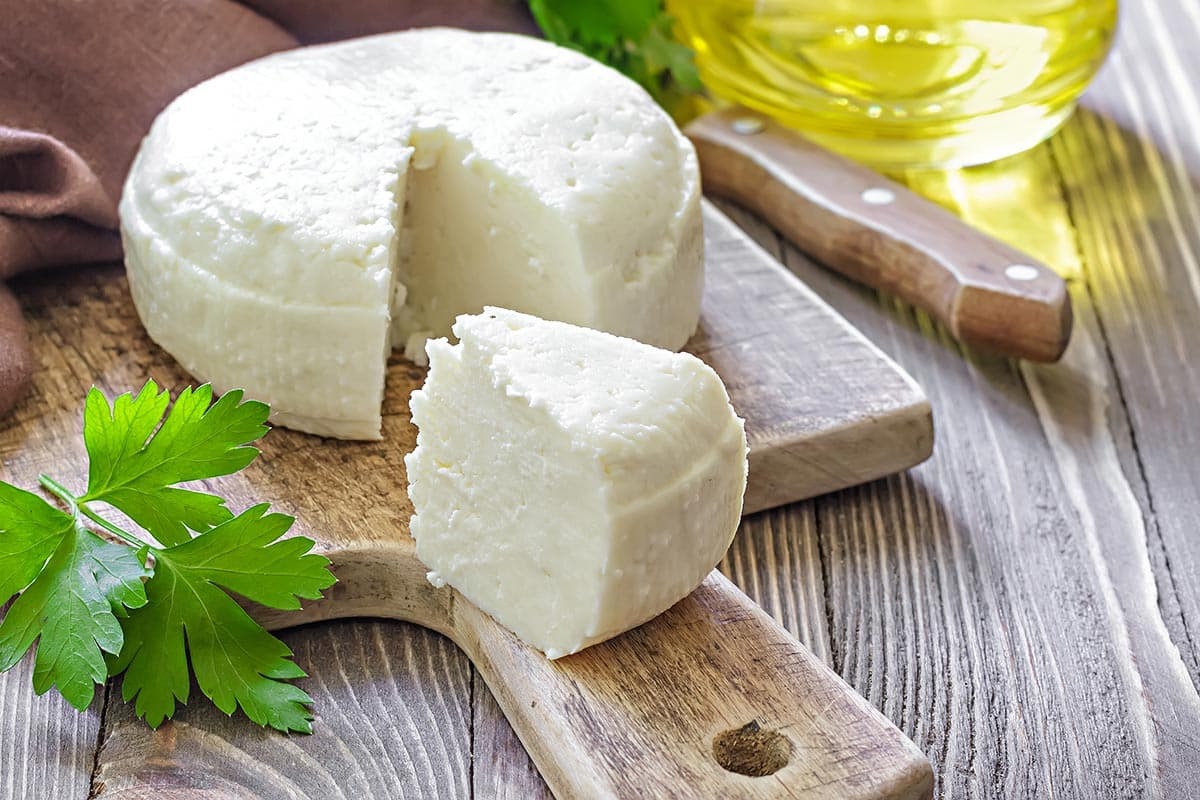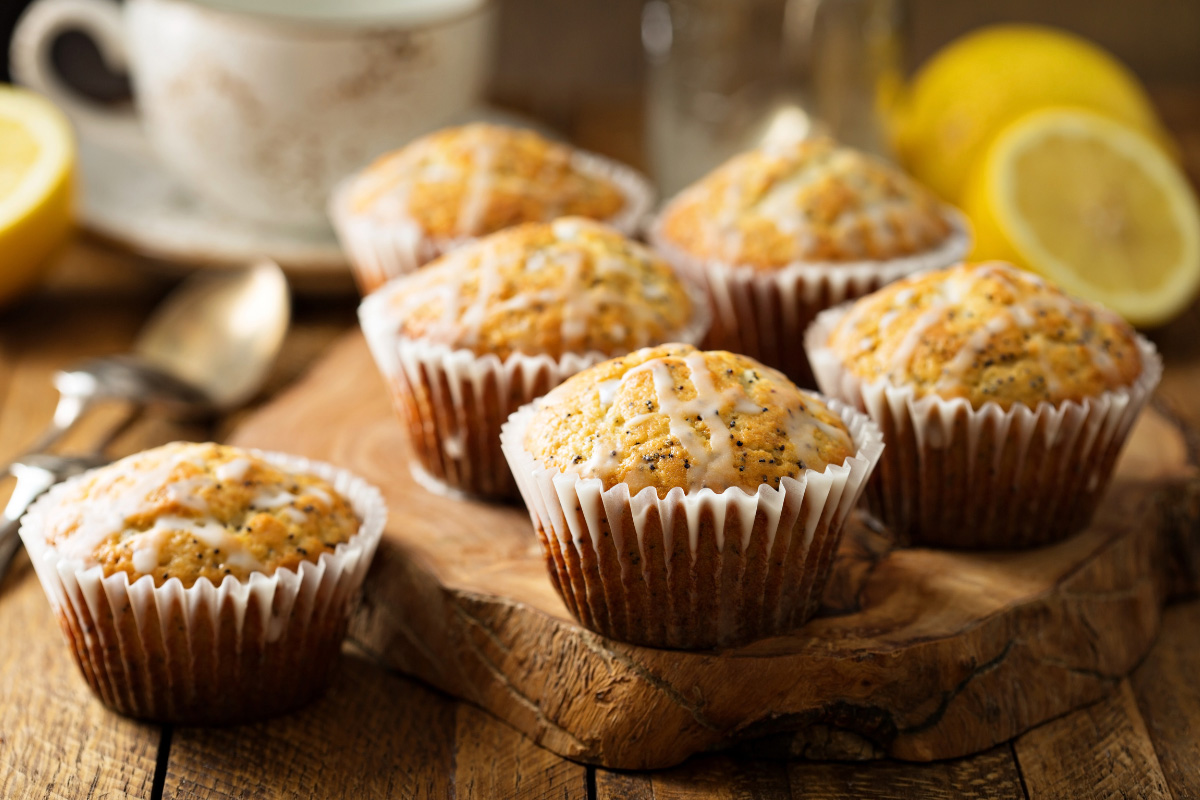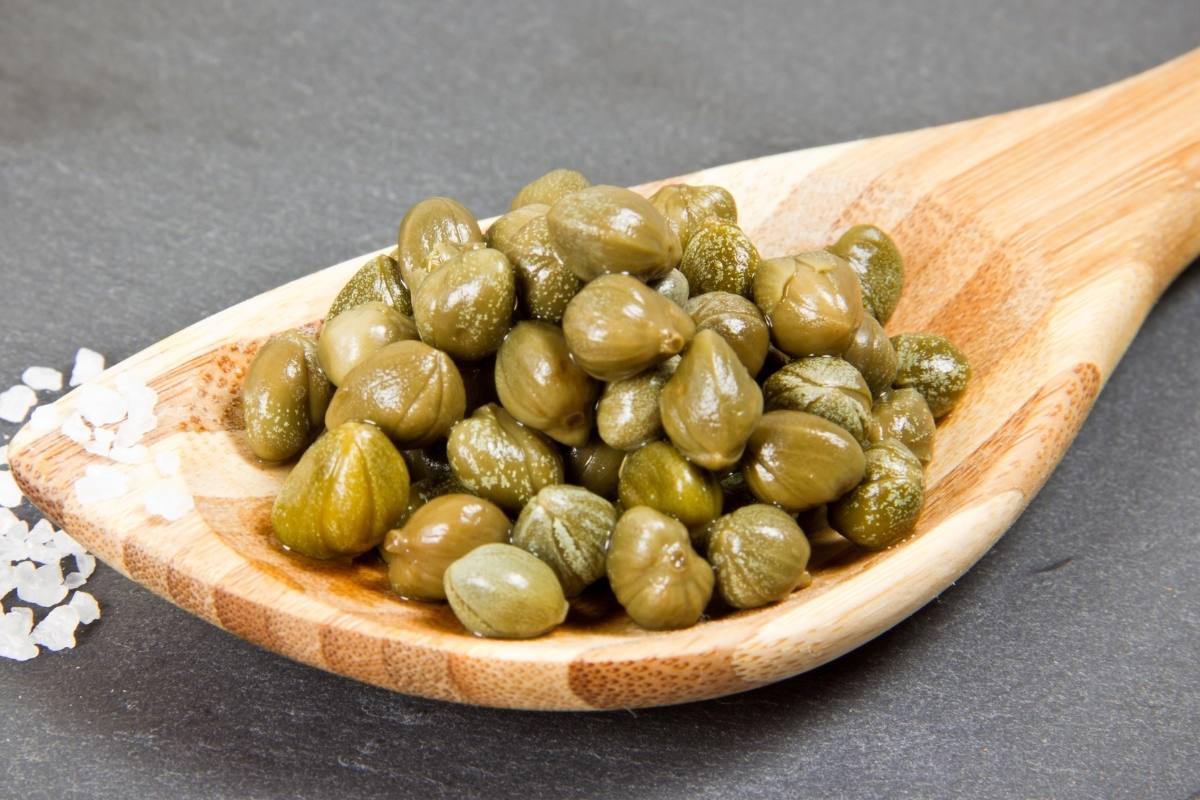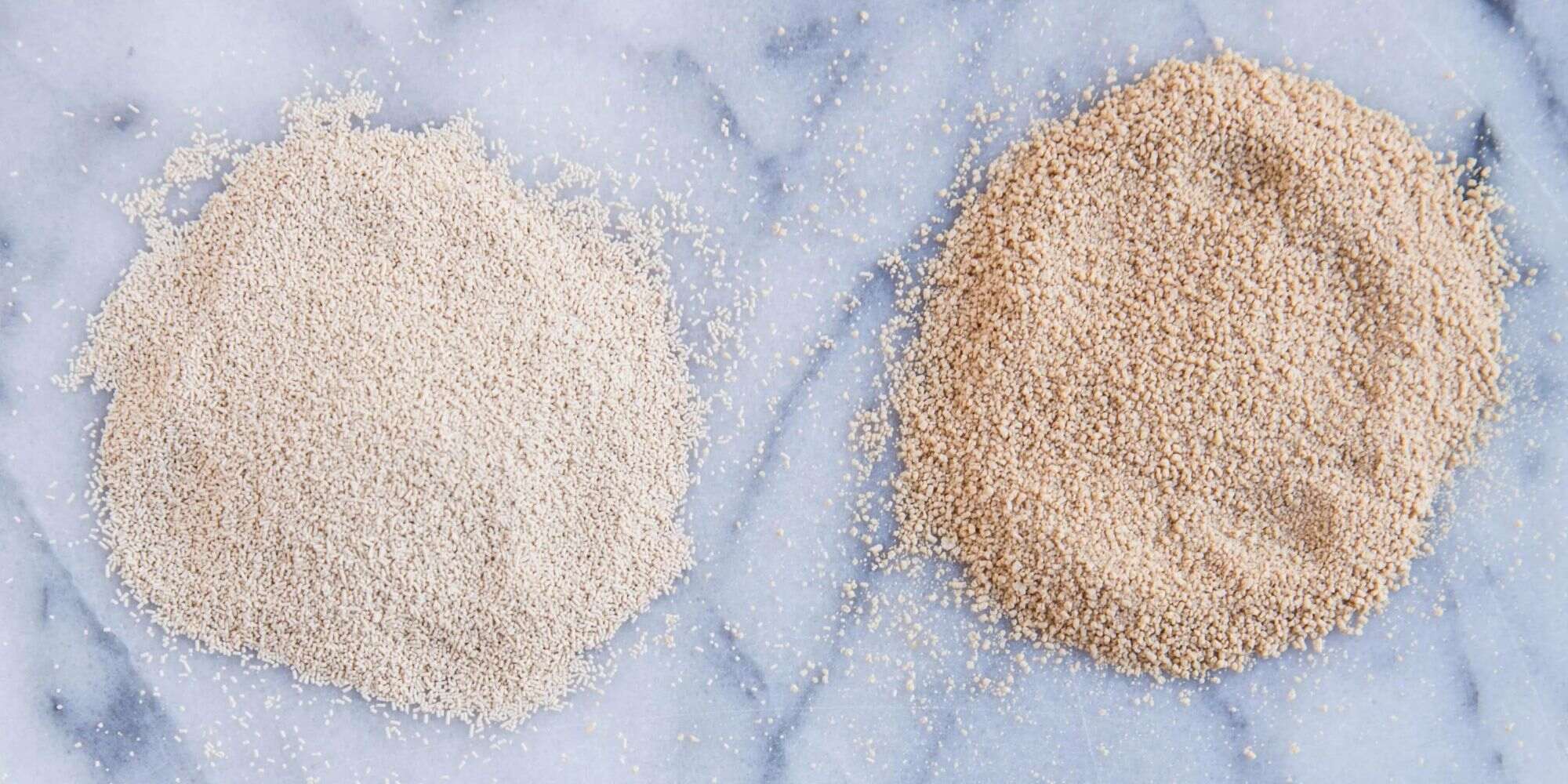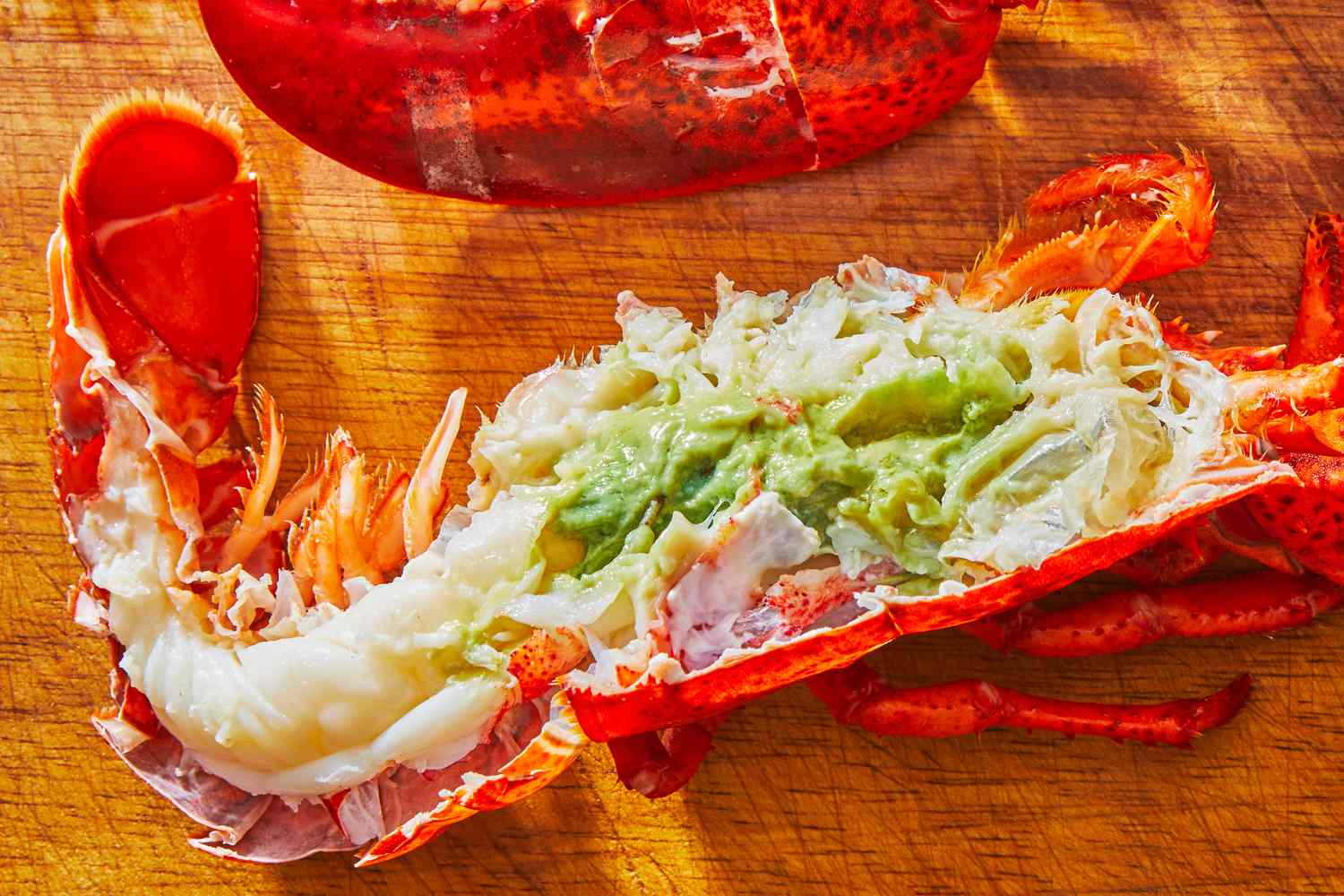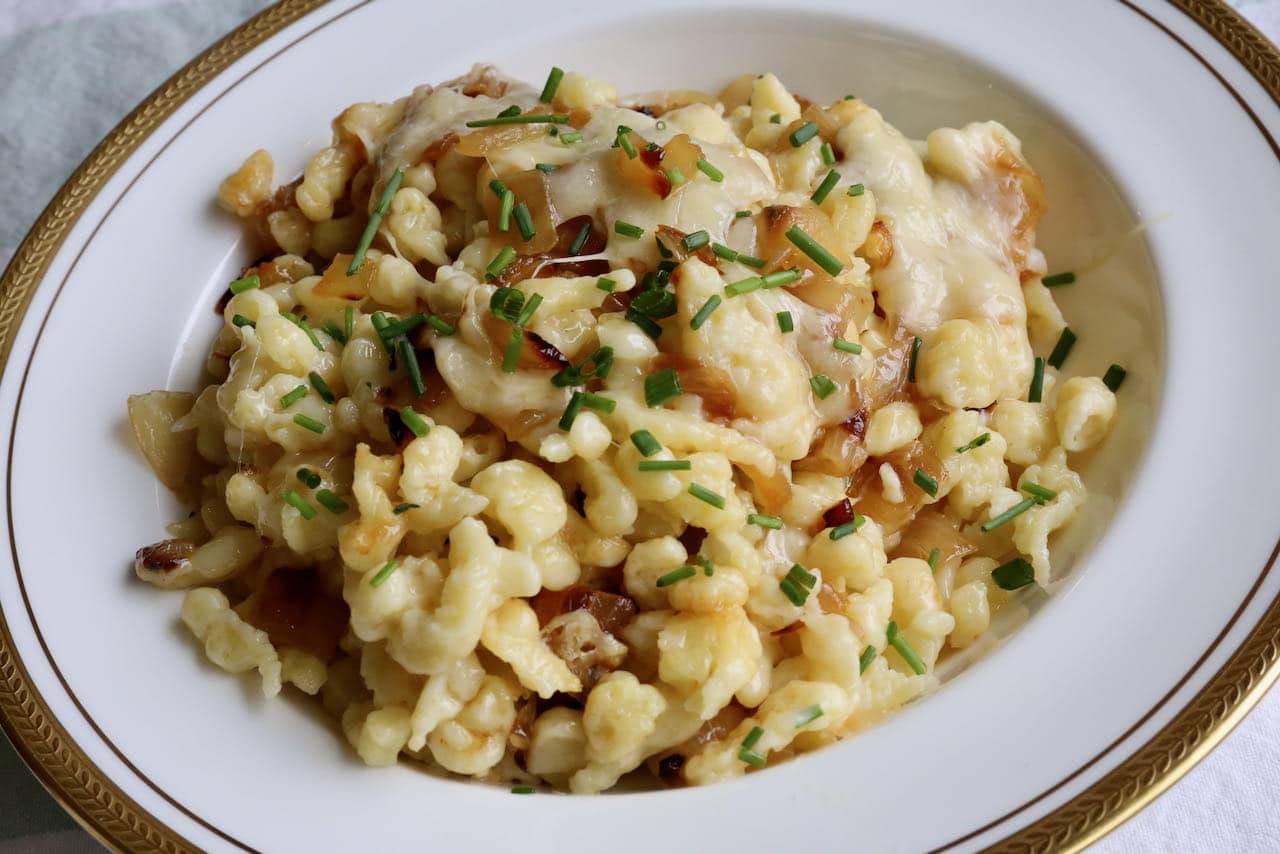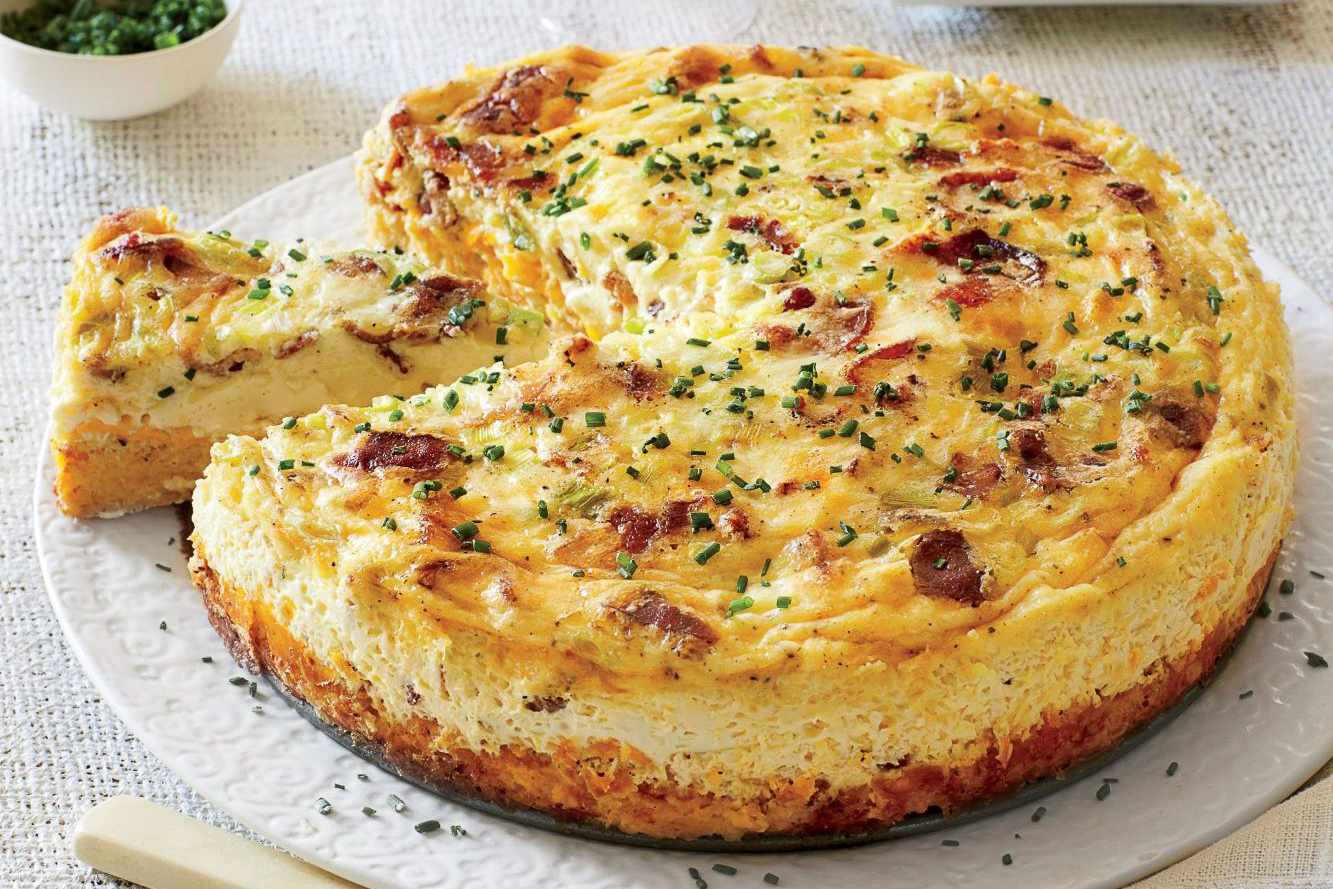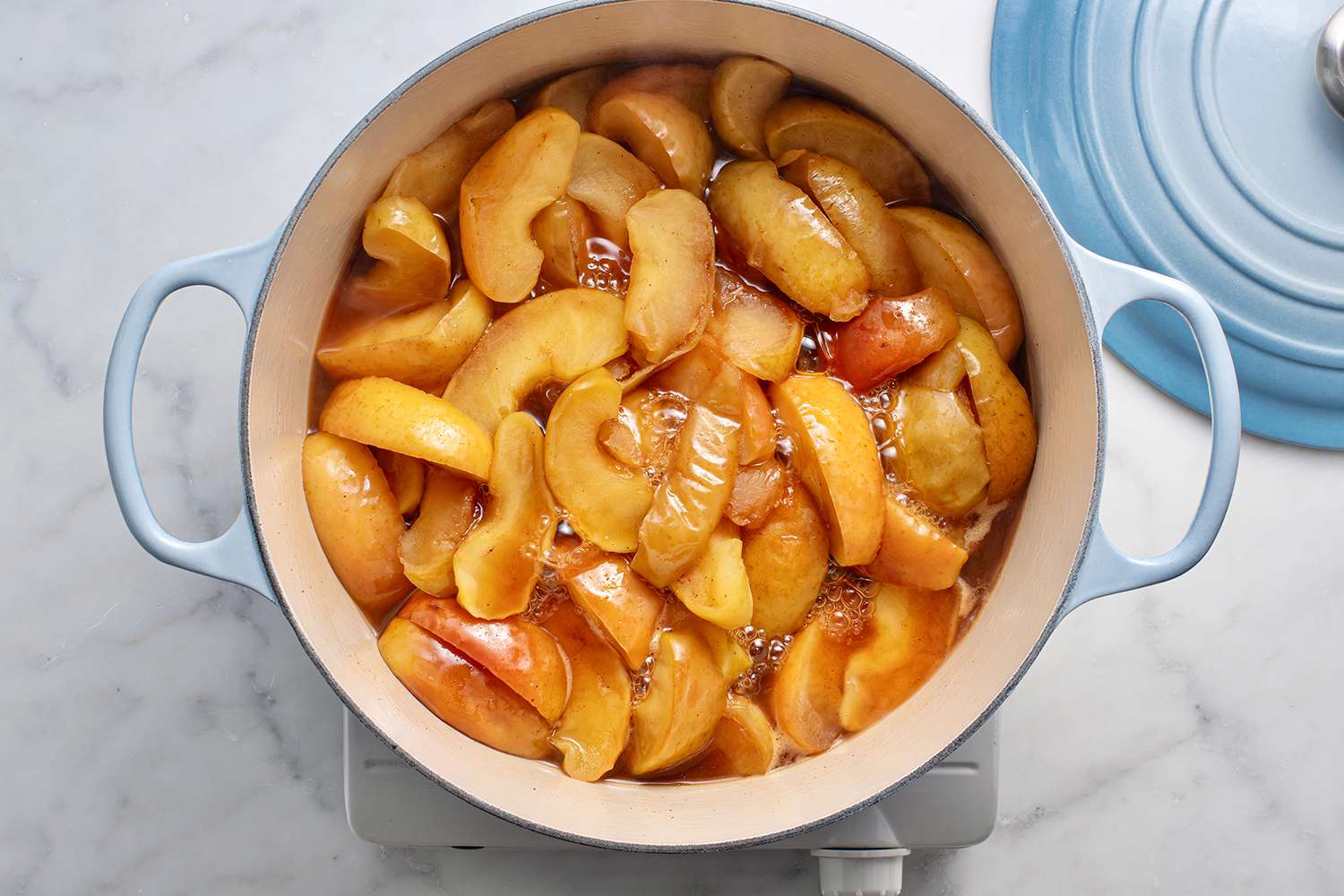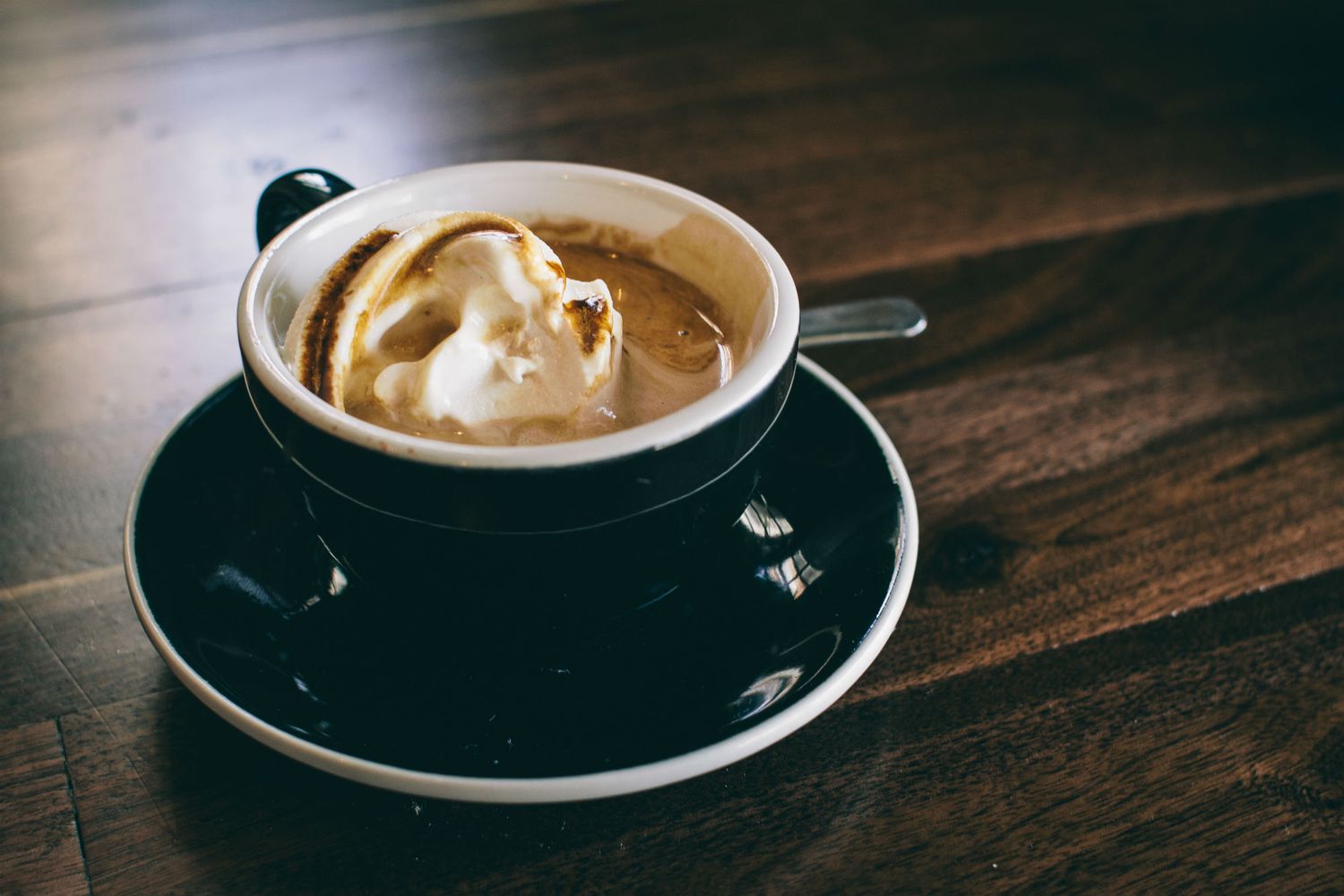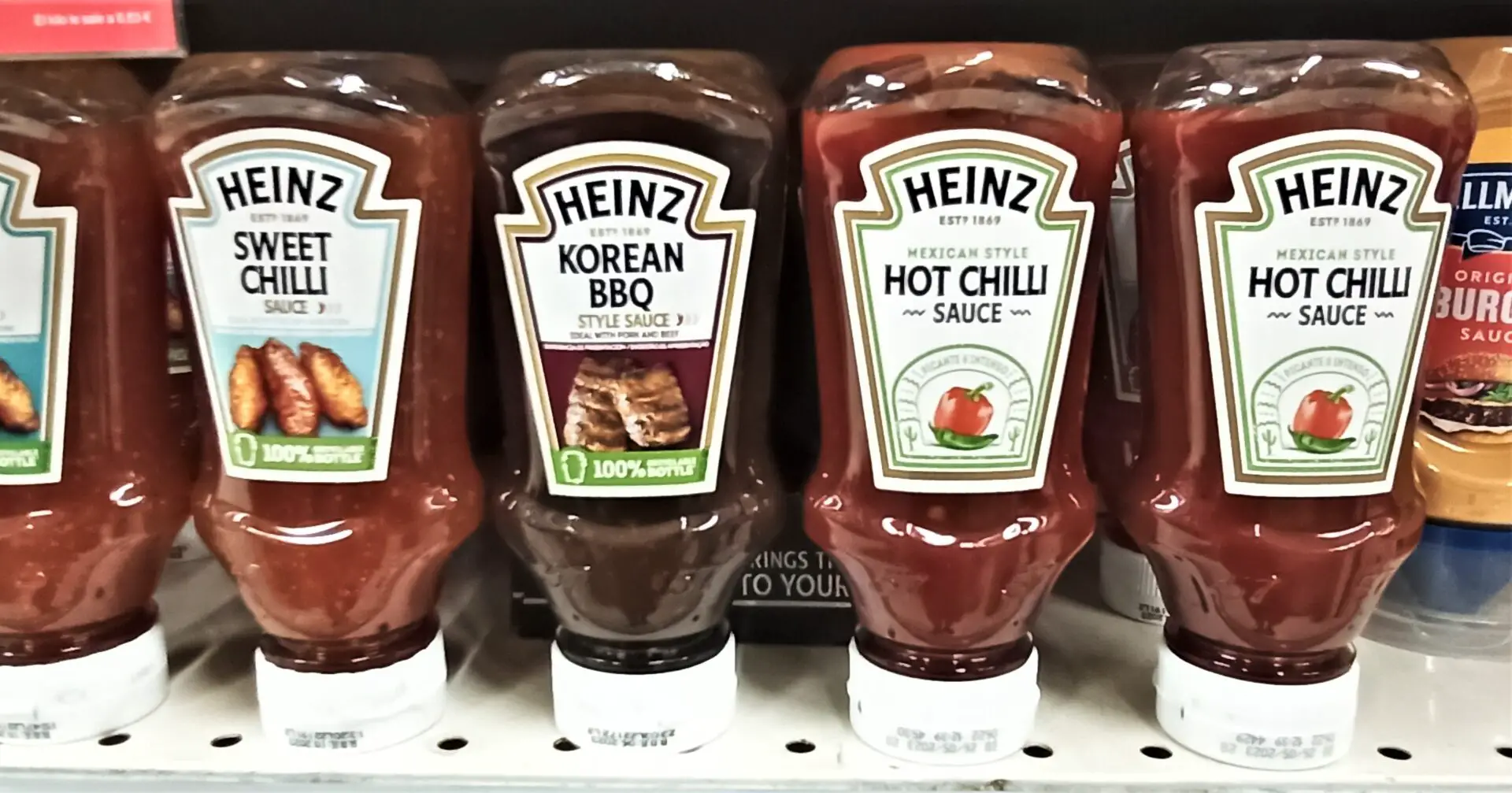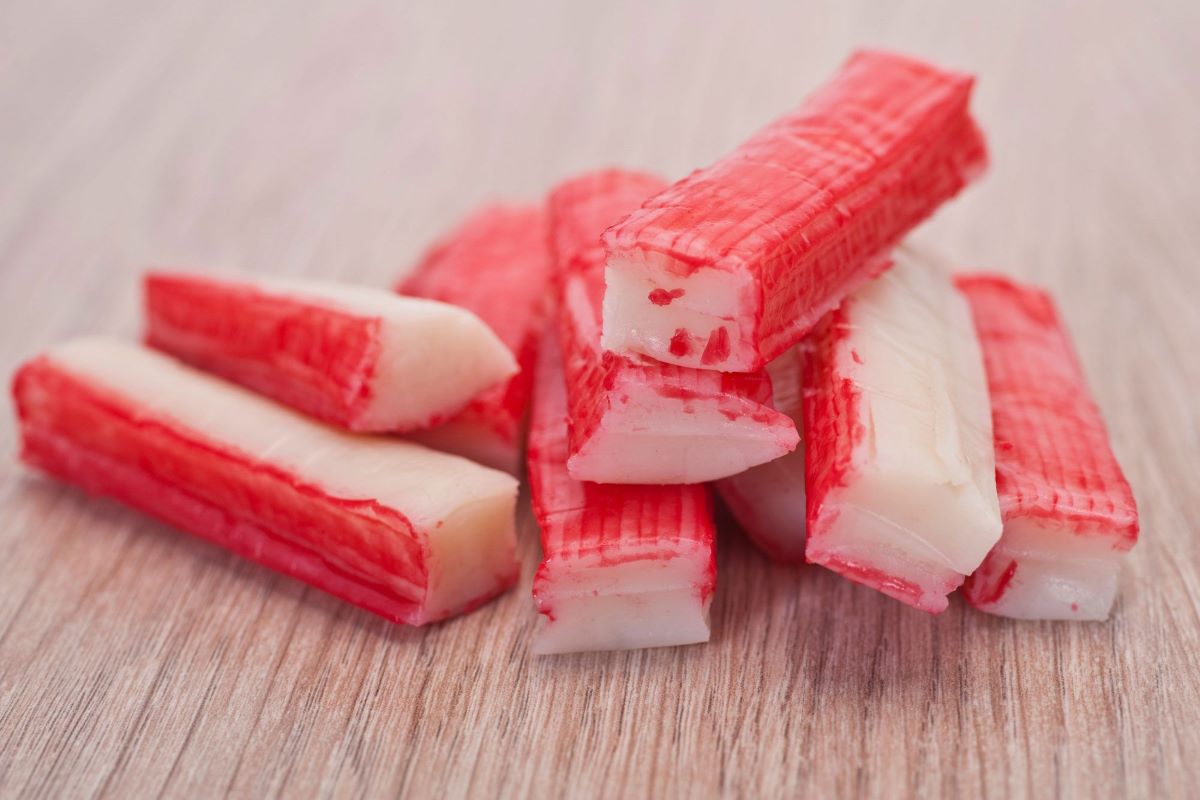Discovering the Delightful World of Danish Pastry
When it comes to indulging in a delectable treat, few things can compare to the flaky, buttery goodness of a Danish pastry. Originating from Denmark, this delightful pastry has captured the hearts and taste buds of people around the world. But what exactly is Danish pastry, and what sets it apart from other pastries?
The Origins of Danish Pastry
Danish pastry has a rich history that dates back to the 19th century. It is believed to have been brought to Denmark by Austrian bakers, who introduced their traditional pastry-making techniques to the country. Over time, Danish bakers refined and perfected the art of making these pastries, creating the delicious treats we know and love today.
What Makes Danish Pastry Unique?
One of the defining characteristics of Danish pastry is its flaky, buttery layers. This is achieved through a process known as lamination, where the dough is folded and rolled multiple times to create thin layers of butter within the pastry. The result is a light, airy texture that practically melts in your mouth with each bite.
Danish pastry also comes in a variety of shapes and fillings, adding to its allure. From the classic fruit-filled varieties to the rich, custard-filled options, there is a Danish pastry to suit every palate.
How to Enjoy Danish Pastry
Whether you’re enjoying a leisurely breakfast or treating yourself to a midday snack, Danish pastry is a versatile treat that can be enjoyed in numerous ways. Here are some popular ways to savor this delectable pastry:
- Pair it with a hot cup of coffee or tea for a delightful morning pick-me-up.
- Warm it up in the oven for a few minutes to enhance its buttery flavor and flaky texture.
- Top it with a drizzle of icing or a sprinkle of powdered sugar for an extra touch of sweetness.
- Enjoy it on its own or alongside fresh fruit for a simple yet satisfying dessert.
Bringing Danish Pastry into Your Home
If you’re feeling inspired to try your hand at making Danish pastry at home, there are plenty of recipes available that can guide you through the process. While making Danish pastry from scratch may require some patience and practice, the end result is well worth the effort. From the satisfying feeling of working the dough to the heavenly aroma that fills your kitchen as the pastries bake, the experience of making Danish pastry at home is truly rewarding.
Final Thoughts
Danish pastry is a beloved treat that has earned its place in the hearts of pastry enthusiasts around the world. Its delicate layers, buttery flavor, and endless variety make it a timeless indulgence that can be enjoyed in countless ways. Whether you’re savoring a freshly baked pastry from a local bakery or taking on the challenge of making it at home, Danish pastry is sure to bring a touch of sweetness to any moment.
So, the next time you find yourself craving a delightful pastry experience, consider reaching for a delicious Danish pastry and savoring every flaky, buttery bite.
Was this page helpful?
Read Next: What Is Firecracker Sauce Recipe
